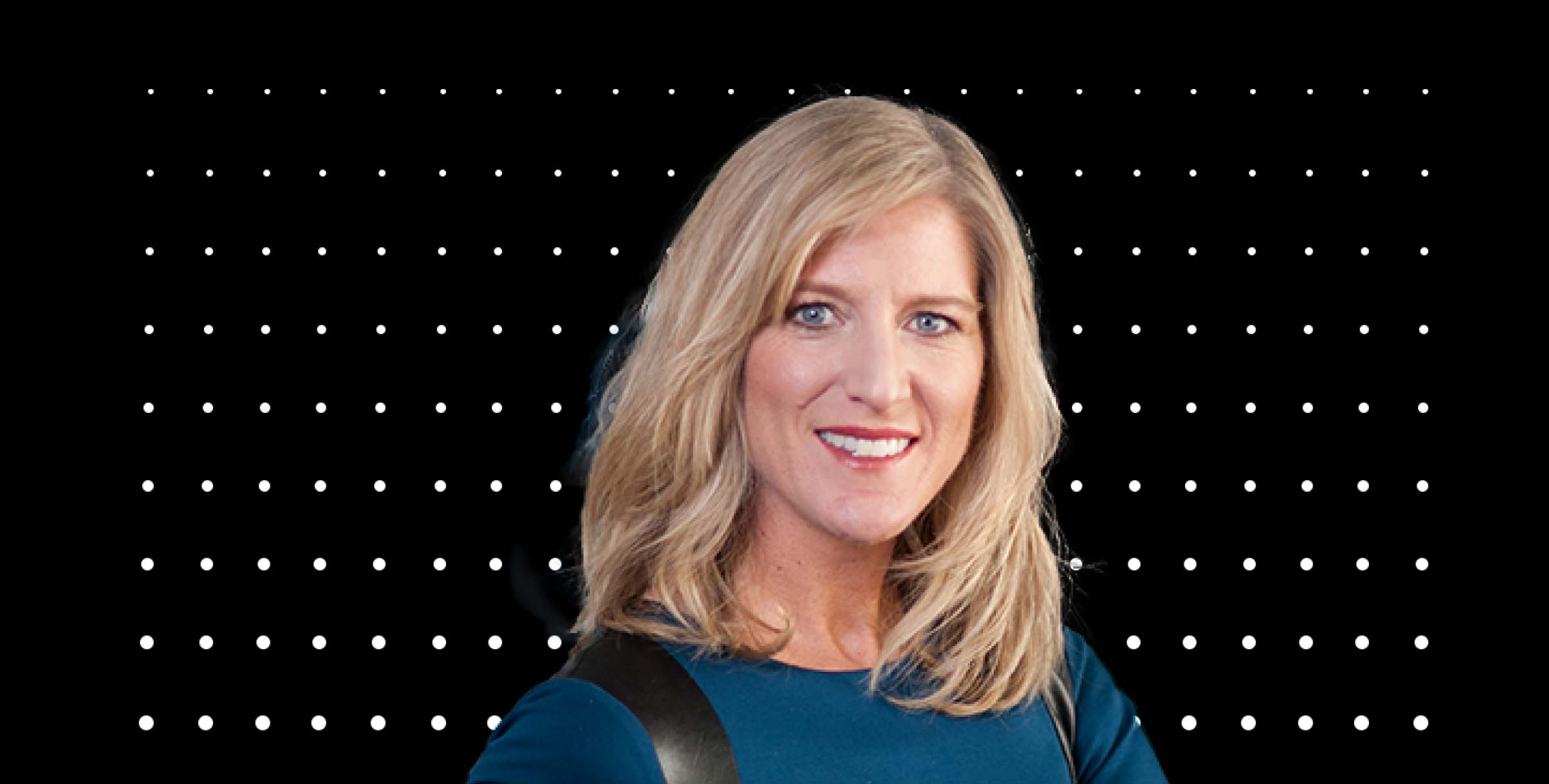Alignment between learning and workforce performance has never been more critical as organizations face growing challenges across employee engagement, onboarding, and retention. Today’s HR and L&D leaders have a unique opportunity to address these challenges through impactful tools like Immersive Learning.
What is the biggest challenge for L&D leaders today?
There are acute pain points many enterprises face today that can be attributed to skill gaps. Growing challenges like the Great Resignation are causing the departure of so many workers from frontline jobs — and in turn creating painful experiences for many organizations as they wage the war for talent. How can we retain existing employees while also attracting new candidates in the face of a shrinking talent pool?
In some industries, where automation has taken hold and an increase in the minimum wage has occurred, we find frontline workers either needing or expecting to be upskilled very quickly, or deciding to leave their jobs for lack of training or career opportunities. Having to train a vast volume of talent or risk losing them altogether — in a rapid, at-scale, and effective way — is where powerful solutions like Immersive Learning come in.
The promise of the future is that traditional applied learning paths could be supplemented by scalable immersive experience platforms. Some instances of learning might remain a low-volume, live apprenticeship model, but there are many areas where L&D organizations could offer safe yet realistic environments to enable some of that on-the-job experience in VR. When this is done at scale, the opportunities are limitless.
Why is Immersive Learning a space you want to invest more time in and bring your expertise to?
There’s a lot of research that proves the best way for people to learn is within real-world environments. This is further enhanced through enabling small corrections in the moment, as opposed to delayed or extended feedback cycles. If you tell someone how to use a spreadsheet but they don’t have a need for it at that time, they won’t retain the knowledge. But if they’re challenged with a problem in the moment, in a realistic environment, they’re motivated to learn, and things stick.
Immersive Learning is exciting because it enables this applied, problem-based learning in real-to-life scenarios at scale. It also allows learners to practice skills in a safe environment, where mistakes are free, so to speak. This is a huge unlock, because applied learning has historically been very hard to do at scale. Enterprise VR is now poised for its “product moment,” and I am thrilled to be joining Strivr’s board of directors as we hold the reins in leading the future of learning and development.
What drives you professionally and personally?
I consider myself a technology, recruiting, talent, and education innovation junkie. I am constantly looking at how we can improve the future of work, starting at the top. Professionally, my approach has always been one of “wholehearted leadership,” which invites vulnerability and psychological safety into the workplace and allows employees to feel like they can be their authentic selves. We can maintain high expectations of our teams, but to achieve ultimate success, we also have to offer a support network that encourages both diversity of thinking and a growth mindset.
For leaders to be most effective at their whole jobs, an environment that supports psychological safety has to be built in from the top. Just because we’re all gunning hard on business goals that demand a lot of us doesn’t mean we should be out of alignment with our values, unhappy, or driven by fear.
Personally, I enjoy being active and pushing myself to get better, particularly in the very physically demanding sports of skiing and mountain biking. I’m dedicated to improving my skills every time I venture out, and this can only happen with a mindset of continuous learning.
